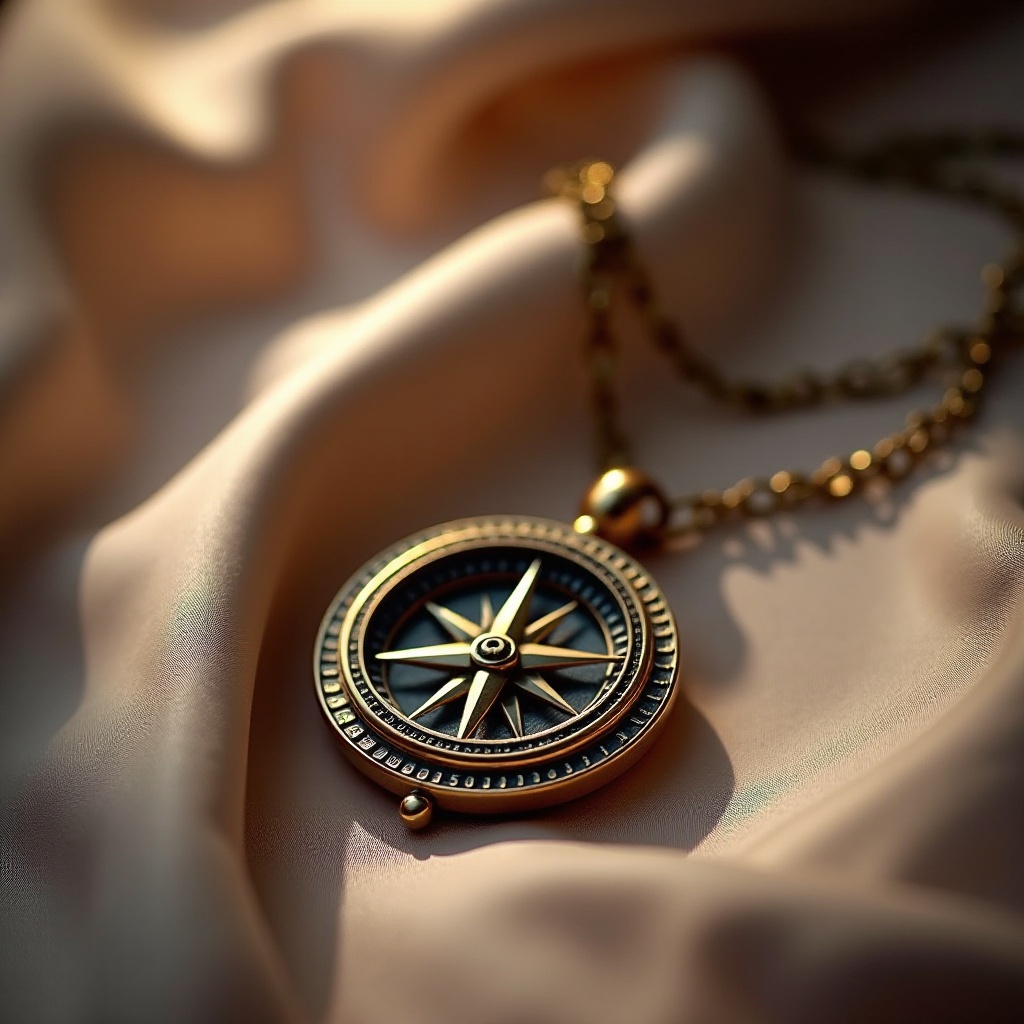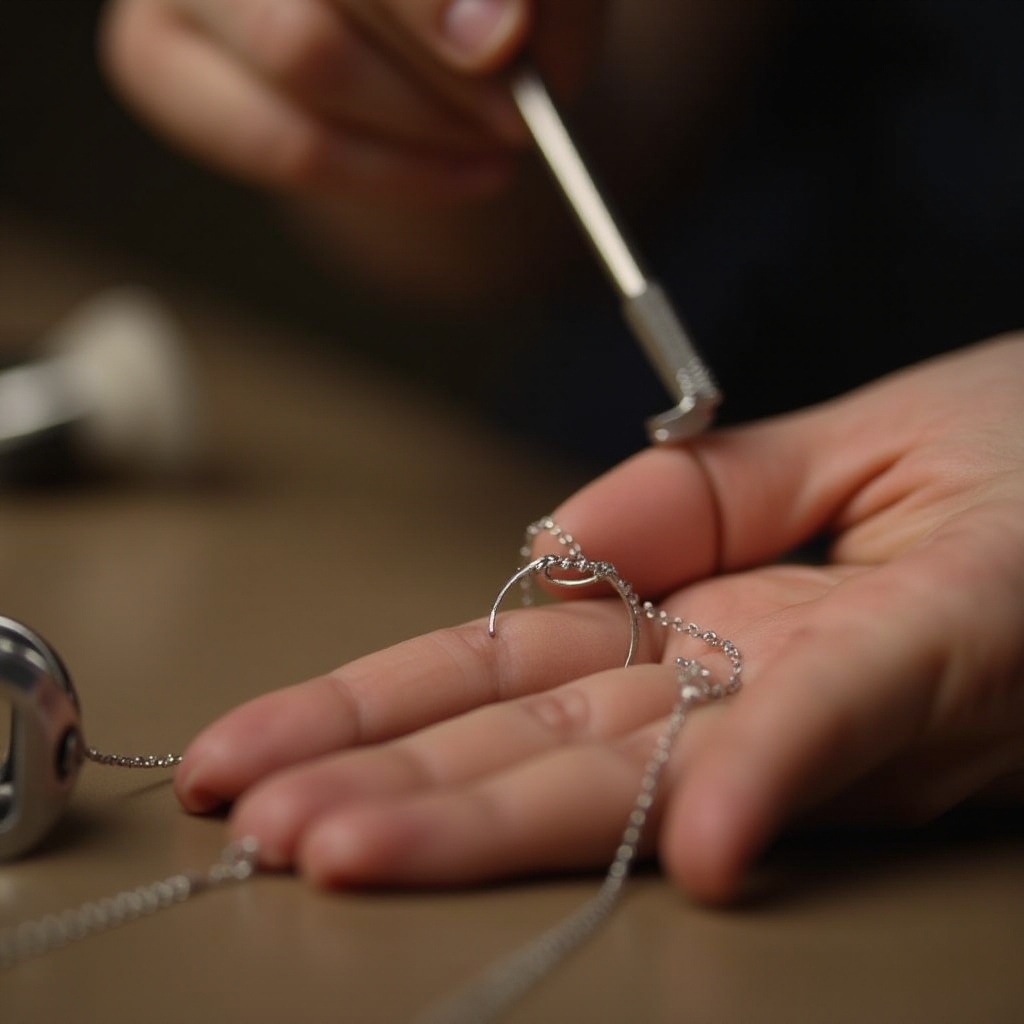Introduction to the Necklace of the Brisings
In the enchanting world of Norse mythology, where gods navigate realms steeped in mystery and magic, the Necklace of the Brisings, known as Brisingamen, holds a place of unparalleled significance. This dazzling artifact is deeply tied to Freyja, the revered goddess of love, beauty, and fertility. Crafted by four masterful dwarfs, whose craftsmanship is unmatched in mythical lore, Brisingamen transcends its existence as a simple piece of jewelry. It becomes a symbol of beauty, magical potency, and authority. Legends recount Freyja’s determined quest to acquire this necklace, emphasizing not only its breathtaking allure but also its indispensable role in portraying cosmic themes and divine interactions. As we delve into the rich tales surrounding Brisingamen, we uncover layers of narrative that chronicle the intricate relationships and desires woven into the fabric of the Norse pantheon.
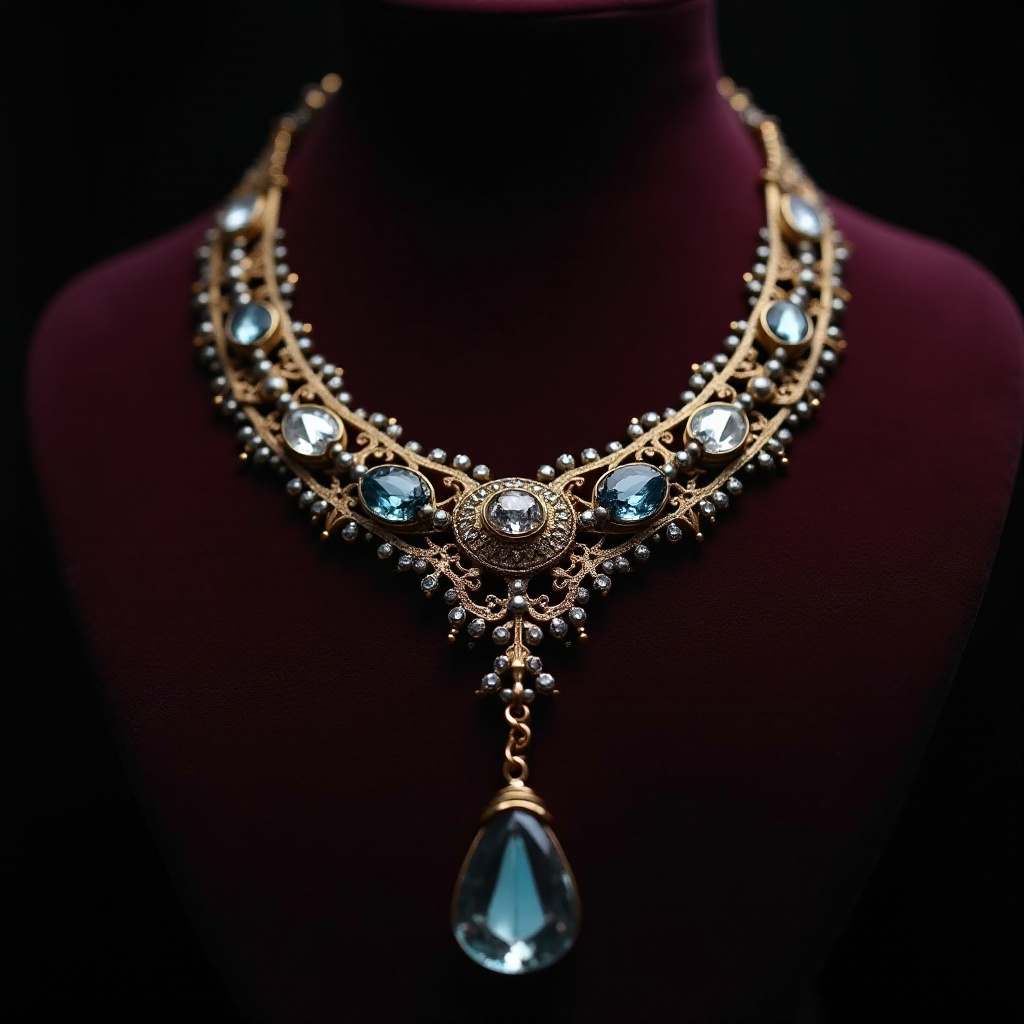
Symbolic Interpretations of the Necklace
The Mythological Power of Brisingamen
Brisingamen is imbued with profound symbolism within the Norse mythological framework. It encapsulates Freyja’s essence as a goddess who embodies love and beauty, but it is more than ornamental. The necklace stands as a testament to her rightful authority and deep magical power. Integral to the mythos is the tale of Loki’s theft of the necklace and its courageous retrieval by Heimdall. This narrative thread parallels the significance of Thor’s hammer, Mjölnir, articulating the role of Brisingamen in preserving cosmic harmony. Through these stories, the necklace is portrayed as a divine artifact of immense significance, representing not only beauty and power but also the cosmic balance maintained by the Norse deities. Its theft by the trickster god Loki underscores the perpetual struggle for order and chaos, a recurring theme in Norse sagas, reflecting on the cyclical nature of conflict and resolution that defines much of Norse mythology.
Brisingamen and the Feminine Mystique
Beyond its mythological and cosmic implications, Brisingamen profoundly highlights themes of feminine allure and potency. Its unparalleled craftsmanship, attributed to the famously skilled dwarfs, echoes the high value placed on artistry and beauty. This craftsmanship speaks to the complex interplay between aesthetic beauty and intrinsic power, as the necklace symbolizes both. Historically, such exquisite jewelry was often a mark of high status and was imbued with divine favor, aligning with archeological finds that reflect its representation among Norse women of prominence. In mythic terms, the necklace captures the mystique of the feminine divine, portraying jewelry not just as an ornamental luxury but as a talisman of prestige and powerful allure, reinforcing the social and cultural stature of women in ancient Norse society.
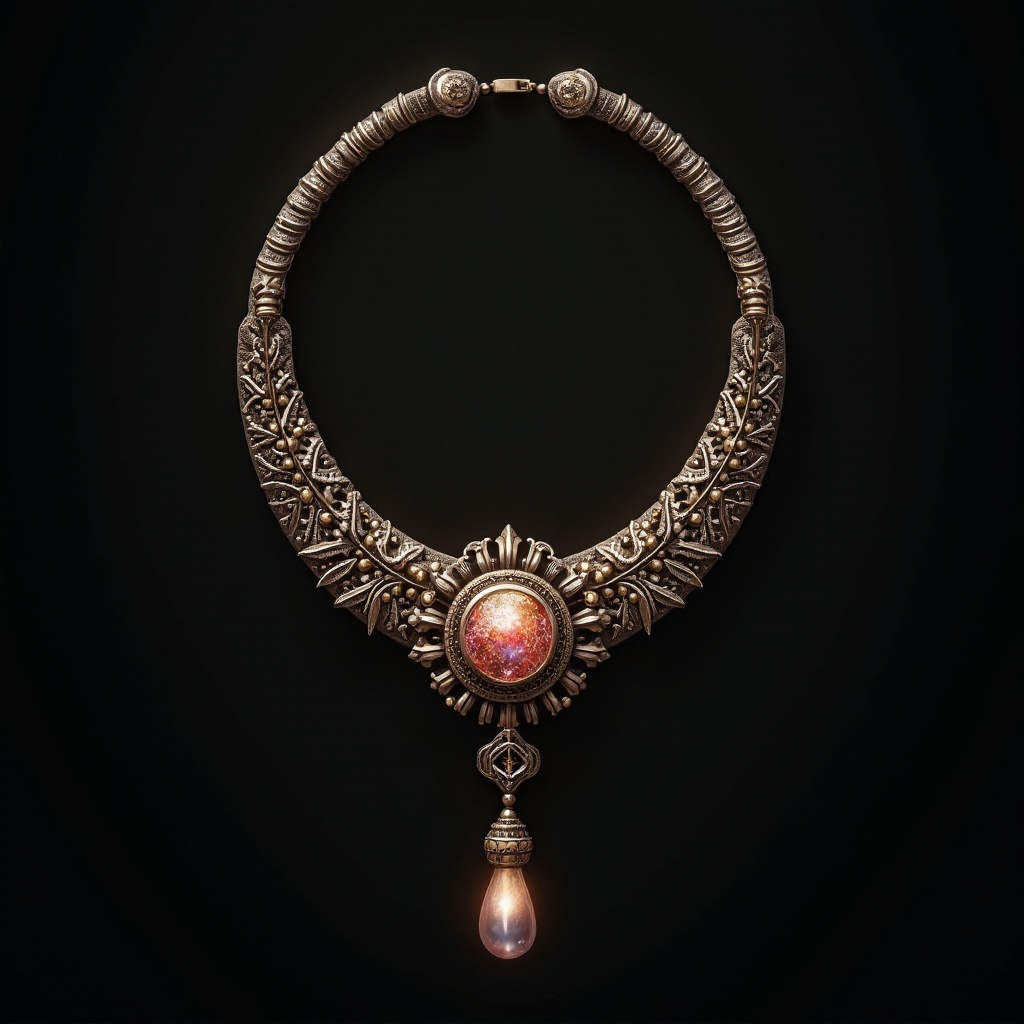
Brisingamen in Norse Lore and Culture
The rich tapestry of Norse mythology is replete with references to Brisingamen across various eddic poems and legendary sagas. These narratives, such as *Þrymskviða* and others within the Poetic Edda, contribute multiple dimensions to the mythical representation of the necklace. Each recounts elements like Loki’s cunning deception and Heimdall’s valorous retrieval, emphasizing timeless themes of struggle, redemption, and continuity inherent within Norse traditions. Moreover, Brisingamen’s beauty and mythical standing have transcended their ancient origins, influencing modern cultural spheres, including literature, visual arts, and even commercial spheres like jewelry design. Numerous artists and writers have drawn inspiration from Brisingamen’s legend, incorporating it into contemporary stories that echo the timeless fascination with divine beauty and power, further testament to its enduring influence. These stories and their derivative works serve to keep the essence of Brisingamen alive, allowing it to continue enchanting new generations with its rich mythological allure.
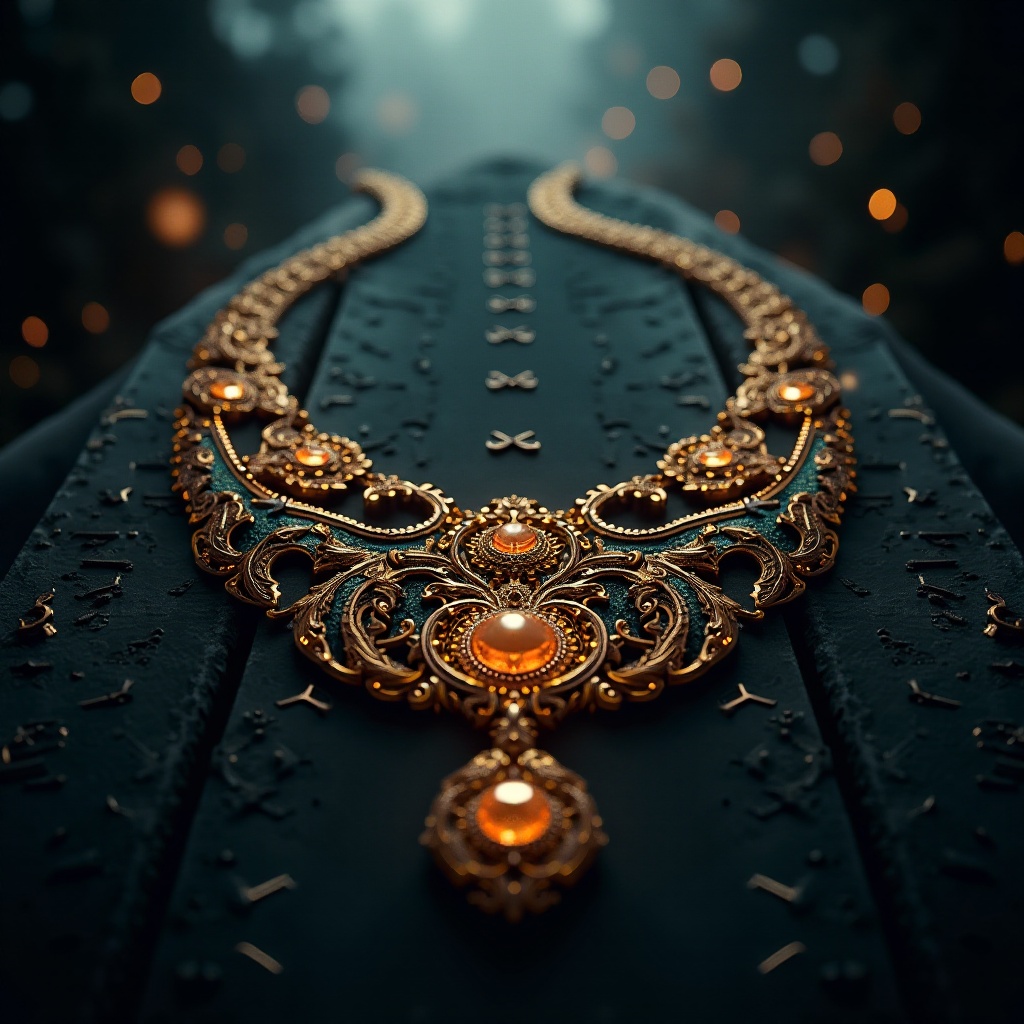
Summary
The Necklace of the Brisings, or Brisingamen, represents far more than a mythological artifact; it embodies a confluence of beauty, authority, and divine narrative that have captivated both ancient and modern audiences. From the passionate endeavors of Freyja to acquire it, to its prominent place in Norse culture, Brisingamen encapsulates the timeless themes of mythology that continue to resonate today. Its presence in contemporary culture as a symbol of eternal allure serves as a testament to its universal appeal, bridging mythological traditions with the present. Through ancient stories and ongoing cultural influence, Brisingamen remains a powerful symbol of mythical allure and monumental cultural importance, a beacon of narrative and artistic inspiration that reflects the profound depth of Norse mythology.
What is the story behind the Necklace of the Brisings?
The Necklace of the Brisings, also known as Brisingamen, is a central piece in Norse mythology. According to legend, it was crafted by four dwarves known as the Brisings. The Norse goddess Freya, renowned for her beauty, discovered the necklace and was so captivated by its allure that she struck a bargain with the craftsmen to obtain it. To acquire the necklace, Freya agreed to spend a night with each of the four dwarves. The necklace symbolizes not only Freya’s beauty and desire but also highlights themes of sacrifice and bargaining, common motifs in mythological tales.
What does the Necklace of the Brisings symbolize and what is its meaning?
The Necklace of the Brisings, or Brisingamen, is symbolic in several ways. Firstly, it represents beauty, desire, and the allure of the divine, reflecting Freya’s role as the goddess of love and fertility. It also embodies the concept of sacrifice and the barter of favors, emphasizing that even the gods might trade precious things for what they deeply desire. In a broader sense, the necklace signifies wealth, power, and the ability to command love and loyalty, acting as a symbol of Freya’s dominion over the hearts of gods and men alike.
How is the Brisingamen necklace associated with Freya?
Brisingamen is intrinsically associated with Freya because it was her prized possession, the pursuit of which highlights her influence and the esteem in which she was held. Freya’s acquisition of the necklace showcases her resourcefulness and determination to obtain what she desires, even engaging in unconventional methods by trading her affection. The necklace also accentuates her role as a goddess of love, beauty, and fertility, personifying her magnetic charm and the profound impact her presence had on the Norse pantheon.
What are the visual descriptions of the Brisingamen necklace?
The visual descriptions of the Brisingamen necklace vary, but it is generally depicted as a masterpiece of craftsmanship and beauty, reflecting the extraordinary skills of the dwarves who created it. The necklace is often envisioned as being resplendent, made of interlocking golden and silver elements, sometimes adorned with precious gemstones that catch the light in a dazzling display. Its design is considered intricate and ornate, symbolizing both regal elegance and a sense of timeless allure, befitting its owner, the goddess Freya.

